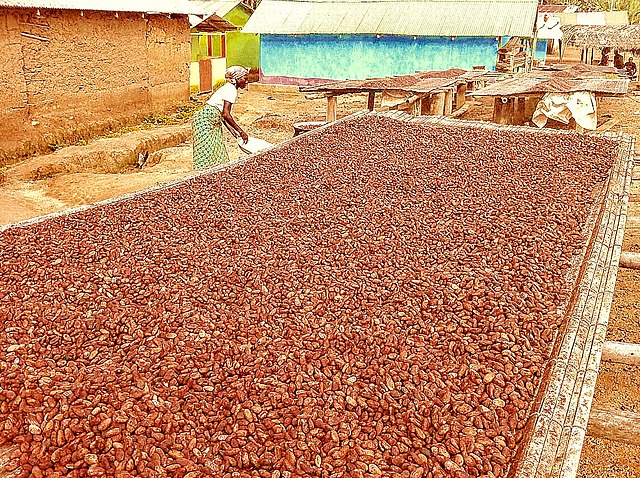End August 2024 has redefined the cocoa sector in Ghana through a historical self-financing intention and a price tripling demand by farmers.
An announcement on self-financing rather than relying on syndicated loans has arguably been the defining story for the sector.
On August 23, the Ghana Cocoa Board (COCOBOD) promised to stop high interest international loan requests, a first in 32 years.
The announcement followed the insight that Ghana paid 8% yearly interest to refinance the 2022-2023 loan, totaling $32 million.
According to COCOBOD, the aim is to cut $150 million in interest that comes with repaying international credit.
Financing Locally
This about-turn led to the next key development of the month, namely local funding through cocoa traders.
Accordingly, the Agriculture Minister, Bryan Acheampong said in a press conference on August 29 that the country will meanwhile resort to “spot buying.”
The sales will help raise a fraction of the $1.5 billion yearly financing for the cocoa sector in Ghana. This amount goes into buying seedlings, pesticides, fertilizers and purchasing the harvest back from the growers.
Spot selling refers to transacting cocoa beans without collateral or any prior contract, at the reigning market rates.
Notably, Ghana failed to secure the top prices of cocoa in the 2023-24 season because it signed permanent contracts.
Spot selling is on an “as is” basis, allowing sales at the prevailing market prices and thus generating profits.
Currently, spot sales account for 10 and 30% of Ghana’s cocoa sales while the rest are in pre-contracts.
Farmers Demand Price Hike
Talking of sales brings the third major development August 2024, namely farmers’ demand for better farm-gate prices.
With the 2023-2024 prices at 2,070 cedi ($132.07) per 64 kg bag, farmers want it to triple to 6,000 cedi ($382.80).
On August 26, 2024 report, the Ghana National Cocoa Farmers Association (GNCFA) said that the prevailing fixed rate no longer counts for growers. This especially at a time when the international price has even hit over $10,000 a tonne through 2024.
So, three currents are pulsing through the cocoa sector in Ghana and may spill over into the 2024-25 season, now just starting. And as the statistics below show, projections show the new season will have production improvements.
Ghana 2024-25 Cocoa Statistics
Preliminary estimates for Ghana’s 2024-25 cocoa season project a handsome production curve. COCOBOD told the media on August 13, 2023 that the 2024-25 season may see yields increase to 800,000 tonnes. This will be twice the September 2023-July 2024 harvest of 429,323 tonnes, which COCOBOD tabled on Jul 18, 2024. While annual production has been averaging 800,000 tonnes since 2019, the peak was in the 2020-21 season at 1 million tonnes.
How many families currently depend on Ghana’s cocoa sector?
According to the government of Ghana, 800,000 families depend directly from cocoa cultivation in 6 of 10 cocoa-growing areas of the country. These families and large farms produce and export almost their entire harvest of at least 600,000 tonnes, as of 2021.
What is the historical export total of Ghana’s cocoa?
Exports average 800,000 tonnes a year, while 2018 saw a shipment peak of 843,600 tonnes. These were the second highest shipments globally after Ivory Coast’s.
Will the 2024-25 acreage expand?
Ghana’s cocoa acreage continues to expand into the 2024.25 season, based on FAOSTAT and UNEP data. In 2020, there were 1,484,568 cocoa hectares (ha), which rose to 1,919,763 ha in 2021 and then to 2,007,417 ha in 2022. By February 2023, the total area was at 2.3 million hectares while the 2024-25 season’s area is curving upward.
